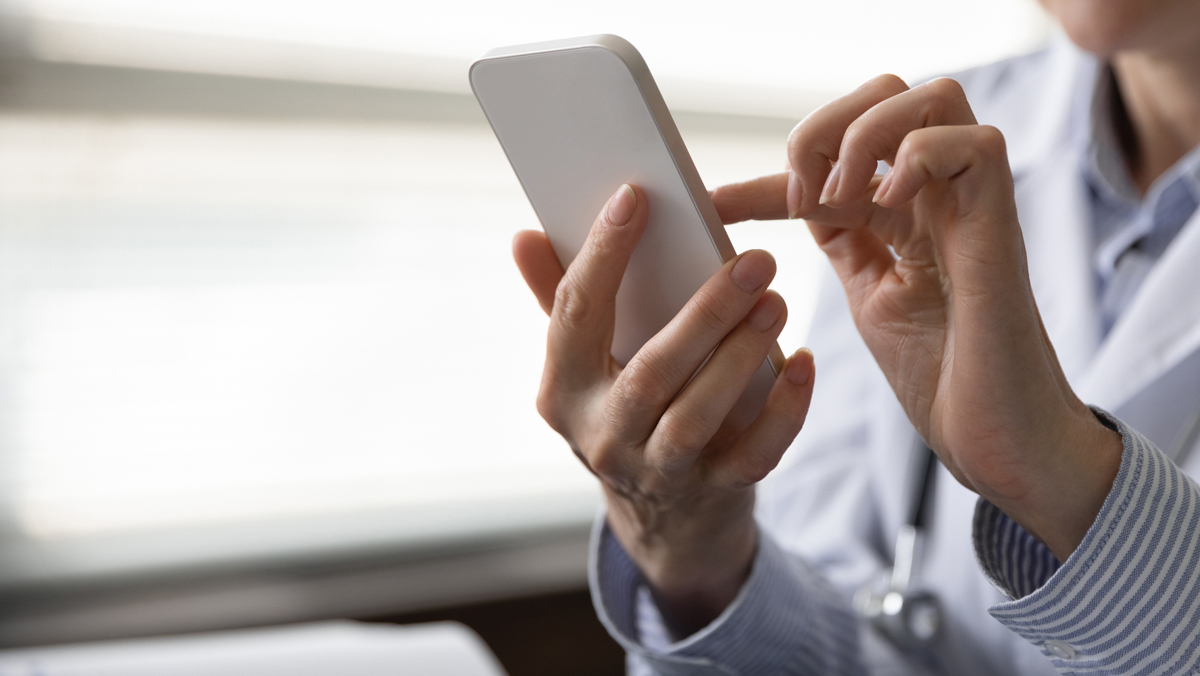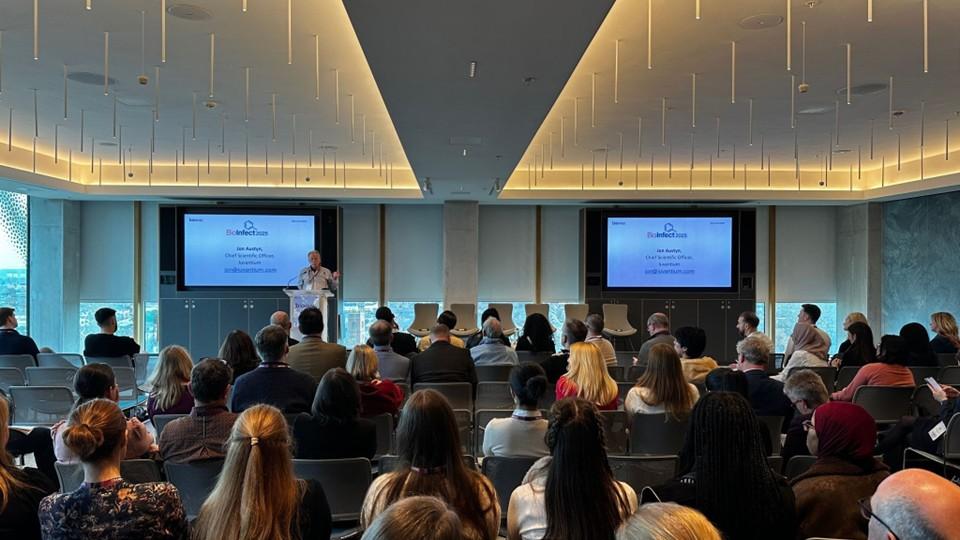Patients rely on Google more than information leaflets

A survey of thousands of people in England suggests it may be time to look again at how pharma manufacturers are delivering product information to patients.
The poll found that out of almost 3,000 respondents, less than half (47%) said they read the patient information leaflet (PIL) that accompanies a medicine, while more than three quarters (77%) turned to online information sources like Google and social media to understand their treatment.
That means that despite all the effort and adherence to strict regulations that goes into generating a PIL, patients are not “receiving or understanding information provided as regulators and manufacturers intended,” according to the report.
That’s likely not a surprise in societies where any need for information tends to be answered by reaching for a smartphone. However, the results of the survey – carried out by Kent Surrey Sussex Academic Health Science Network (KSS AHSN), UK National Innovation Centre for Ageing (NICA), ageing charity VOICE, and Pfizer UK – show that there is a need to modernise and improve the PIL.
More encouraging is that 71% of those who used online sources also sought further support from a healthcare professional, but HCPs polled in the report – pharmacists and prescribers – said they had concerns about the time they have available to properly provide patients with all the information they need about their medicines
Moreover, the finding that only 13% of patients said they refer to paper-based sources shows there is a clear opportunity for a rethink about how pharma should communicate with those who use its medicines, given the approach has not changed in decades.
Underlying the work is the need to tackle the fact that somewhere between a third and half of patients do not take medicines according to prescription and product information instructions, according to World Health Organization (WHO) estimates.
“We know many people’s health literacy is not good,“ commented Rachel Power, chief executive of the Patients Association. “If patients don’t […] read information about their medicines it is because it’s in a format they find difficult to use or written in a way that means nothing to them, then that patient can’t play an active role in deciding about their treatment or ask the doctor questions.”
The report suggests that a range of digital solutions could be the way forward – known as customisable medicines electronic product information (ePI) – but this will require industry, government, regulators, patient organisations, and academia to work together with the healthcare sectors to drive through changes.
There’s an environmental side to the debate as well, assuming a move away from paper-based package labels and PILs. The Sustainable Medicines Partnership estimates that around 100 billion paper leaflets are produced each year, requiring paper produced from nine million trees and enough energy to fuel 50,000 homes for a year.
KSS AHSN's chief executive, Des Holden, said the survey shows that significant improvement is needed, but he cautioned that new approaches must be developed “in partnership with a diverse range of people living with health conditions, and not just a small number of people who are easily heard.“













